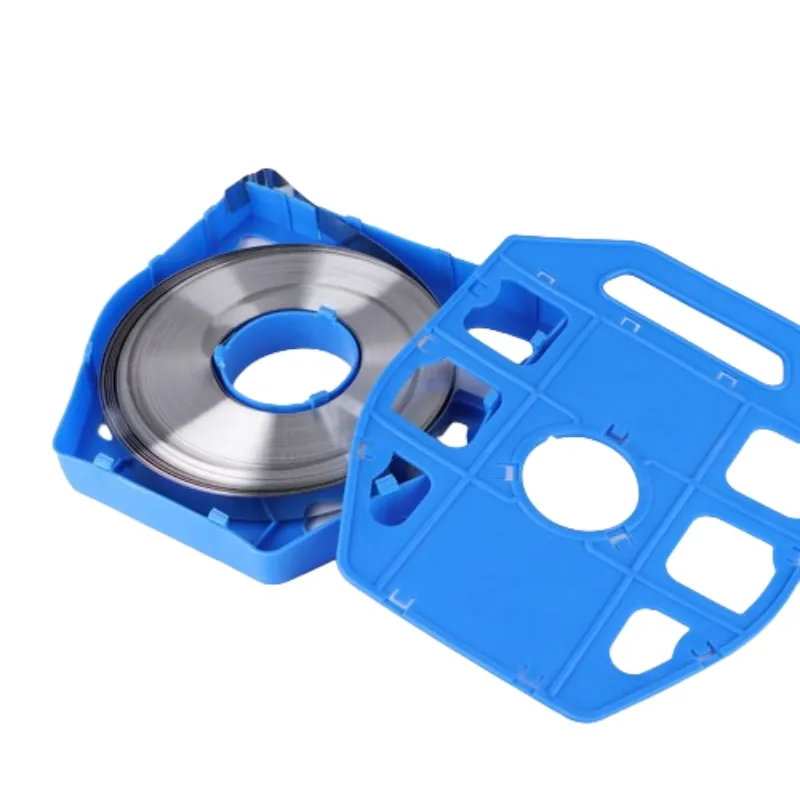
-
 Afrikaans
Afrikaans -
 Albanian
Albanian -
 Amharic
Amharic -
 Arabic
Arabic -
 Armenian
Armenian -
 Azerbaijani
Azerbaijani -
 Basque
Basque -
 Belarusian
Belarusian -
 Bengali
Bengali -
 Bosnian
Bosnian -
 Bulgarian
Bulgarian -
 Catalan
Catalan -
 Cebuano
Cebuano -
 Corsican
Corsican -
 Croatian
Croatian -
 Czech
Czech -
 Danish
Danish -
 Dutch
Dutch -
 English
English -
 Esperanto
Esperanto -
 Estonian
Estonian -
 Finnish
Finnish -
 French
French -
 Frisian
Frisian -
 Galician
Galician -
 Georgian
Georgian -
 German
German -
 Greek
Greek -
 Gujarati
Gujarati -
 Haitian Creole
Haitian Creole -
 hausa
hausa -
 hawaiian
hawaiian -
 Hebrew
Hebrew -
 Hindi
Hindi -
 Miao
Miao -
 Hungarian
Hungarian -
 Icelandic
Icelandic -
 igbo
igbo -
 Indonesian
Indonesian -
 irish
irish -
 Italian
Italian -
 Japanese
Japanese -
 Javanese
Javanese -
 Kannada
Kannada -
 kazakh
kazakh -
 Khmer
Khmer -
 Rwandese
Rwandese -
 Korean
Korean -
 Kurdish
Kurdish -
 Kyrgyz
Kyrgyz -
 Lao
Lao -
 Latin
Latin -
 Latvian
Latvian -
 Lithuanian
Lithuanian -
 Luxembourgish
Luxembourgish -
 Macedonian
Macedonian -
 Malgashi
Malgashi -
 Malay
Malay -
 Malayalam
Malayalam -
 Maltese
Maltese -
 Maori
Maori -
 Marathi
Marathi -
 Mongolian
Mongolian -
 Myanmar
Myanmar -
 Nepali
Nepali -
 Norwegian
Norwegian -
 Norwegian
Norwegian -
 Occitan
Occitan -
 Pashto
Pashto -
 Persian
Persian -
 Polish
Polish -
 Portuguese
Portuguese -
 Punjabi
Punjabi -
 Romanian
Romanian -
 Russian
Russian -
 Samoan
Samoan -
 Scottish Gaelic
Scottish Gaelic -
 Serbian
Serbian -
 Sesotho
Sesotho -
 Shona
Shona -
 Sindhi
Sindhi -
 Sinhala
Sinhala -
 Slovak
Slovak -
 Slovenian
Slovenian -
 Somali
Somali -
 Spanish
Spanish -
 Sundanese
Sundanese -
 Swahili
Swahili -
 Swedish
Swedish -
 Tagalog
Tagalog -
 Tajik
Tajik -
 Tamil
Tamil -
 Tatar
Tatar -
 Telugu
Telugu -
 Thai
Thai -
 Turkish
Turkish -
 Turkmen
Turkmen -
 Ukrainian
Ukrainian -
 Urdu
Urdu -
 Uighur
Uighur -
 Uzbek
Uzbek -
 Vietnamese
Vietnamese -
 Welsh
Welsh -
 Bantu
Bantu -
 Yiddish
Yiddish -
 Yoruba
Yoruba -
 Zulu
Zulu


Dec . 05, 2024 19:28 Back to list
Hydraulic Hose Crimping Equipment for Efficient and Accurate Fitting Solutions
Understanding Hydraulic Hose Fitting Crimping Machines
Hydraulic hose fitting crimping machines play a crucial role in the assembly and maintenance of hydraulic systems across various industries. These machines are designed to securely attach fittings to hydraulic hoses, ensuring a tight and leak-free connection that can withstand high-pressure environments. The importance of crimping machines cannot be overstated, as they substantially enhance the reliability and performance of hydraulic systems.
The Importance of Crimping in Hydraulic Systems
Hydraulic systems are prevalent in industries such as construction, agriculture, manufacturing, and automotive. They rely on the efficient transmission of fluid power through hoses, which must be securely fitted to avoid leaks and ensure optimal performance. Crimping, the process of compressing a fitting onto the hose end using a machine, is essential to achieving this. A proper crimp creates a strong mechanical bond between the hose and the fitting, which not only maintains hydraulic integrity but also provides safety by reducing the risk of hose failure.
How Crimping Machines Work
Crimping machines operate using a combination of hydraulic pressure and mechanical force. The basic components of a crimping machine include the crimping head, which contains specialized dies shaped to fit various hose and fitting sizes. The process typically begins with the operator placing the hose into the machine and aligning it with the fitting. The operator then selects the appropriate crimping program, which is often pre-set based on the specifications of the materials.
Once initiated, the machine uses hydraulic power to compress the dies around the hose and fitting. The crimping process may be monitored through digital displays, which provide feedback on pressure and cycle time, ensuring consistency and quality in production. Once the crimping is complete, the machine releases the fitting, which is now securely attached to the hose.
Types of Crimping Machines
hydraulic hose fitting crimping machine

There are several types of hydraulic hose fitting crimping machines available on the market, each tailored to specific applications. Mobile crimpers are ideal for on-site services, allowing technicians to repair or assemble hoses directly in the field. Stationary crimpers, on the other hand, are more suitable for workshops or manufacturing facilities where volume production is necessary.
Furthermore, crimping machines can vary in terms of their control systems, which can range from manual to fully automated options. Advanced models feature programmable logic controllers (PLC) that allow users to store multiple crimping profiles, enhancing efficiency and reducing setup time between different hose sizes and types.
Benefits of Using Hydraulic Hose Fitting Crimping Machines
Investing in a quality hydraulic hose fitting crimping machine offers numerous advantages. First and foremost, these machines reduce labor costs and minimize the risk of human error during the crimping process. Additionally, they provide uniform and repeatable crimping results, which is critical for maintaining system integrity.
Another significant benefit is the enhancement of workplace safety. High-pressure hydraulic failures can lead to accidents, making it essential to ensure proper fittings and connections. A reliable crimping machine minimizes these risks by ensuring each fitting meets or exceeds industry standards.
Conclusion
In conclusion, hydraulic hose fitting crimping machines are indispensable tools in the hydraulic industry, facilitating the safe and robust assembly of hydraulic hoses and fittings. Their ability to deliver consistent results, combined with their ease of use, makes them a worthy investment for any business involved in hydraulic system maintenance or manufacturing. As technology advances, these machines continue to evolve, further improving efficiency and safety in hydraulic applications.
Latest news
What Are Construction Tools and How Are They Used?
NewsJul.11,2025
Professional-Grade Duct Rodding Tools for Superior Cable Installation
NewsJul.11,2025
Enhancing Safety and Efficiency with Modern Hot Stick Solutions
NewsJul.11,2025
Empowering Cable Installation with Advanced Rodder Solutions
NewsJul.11,2025
Elevate Your Cable Installation Projects with Cable Pulling Tools
NewsJul.11,2025
Efficient Cable Handling Solutions: Cable Rollers for Sale
NewsJul.11,2025











